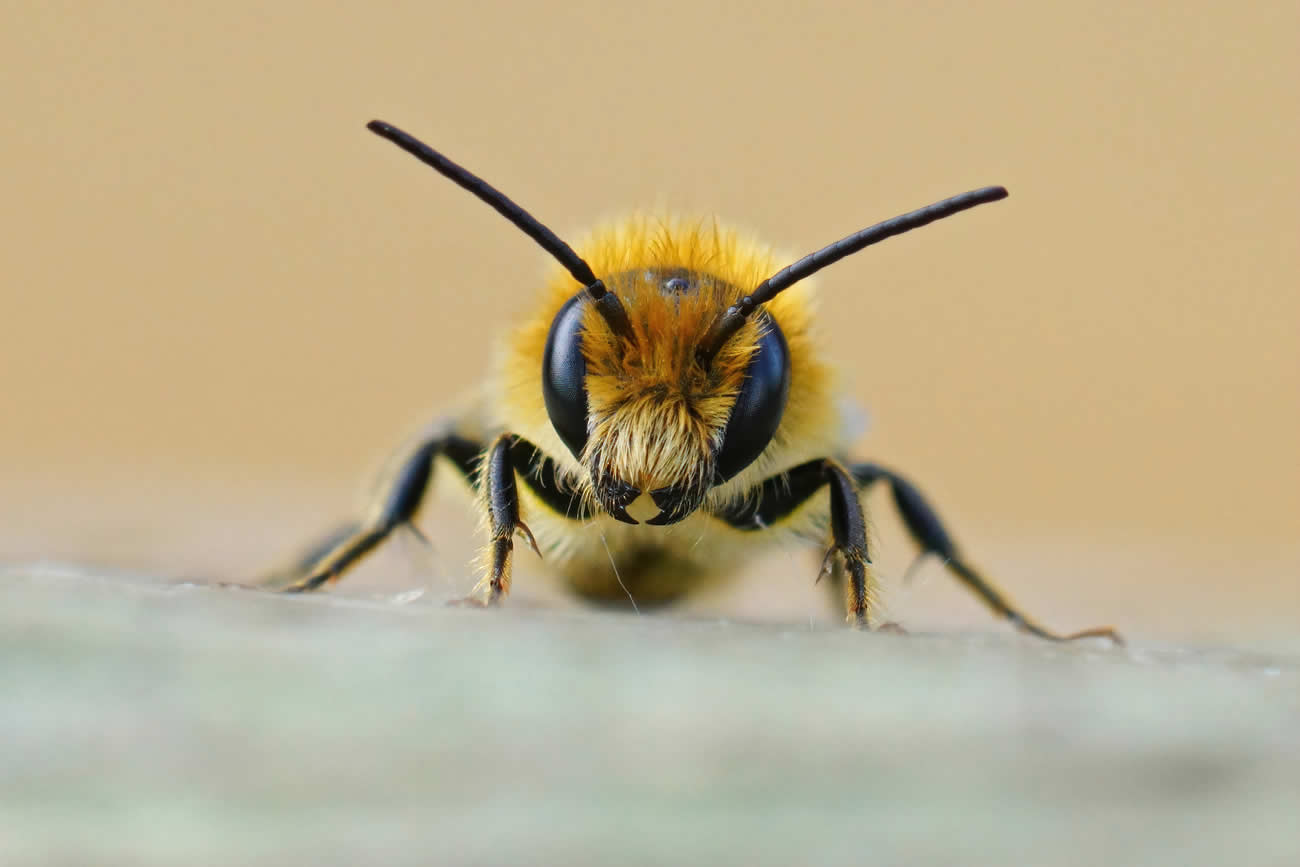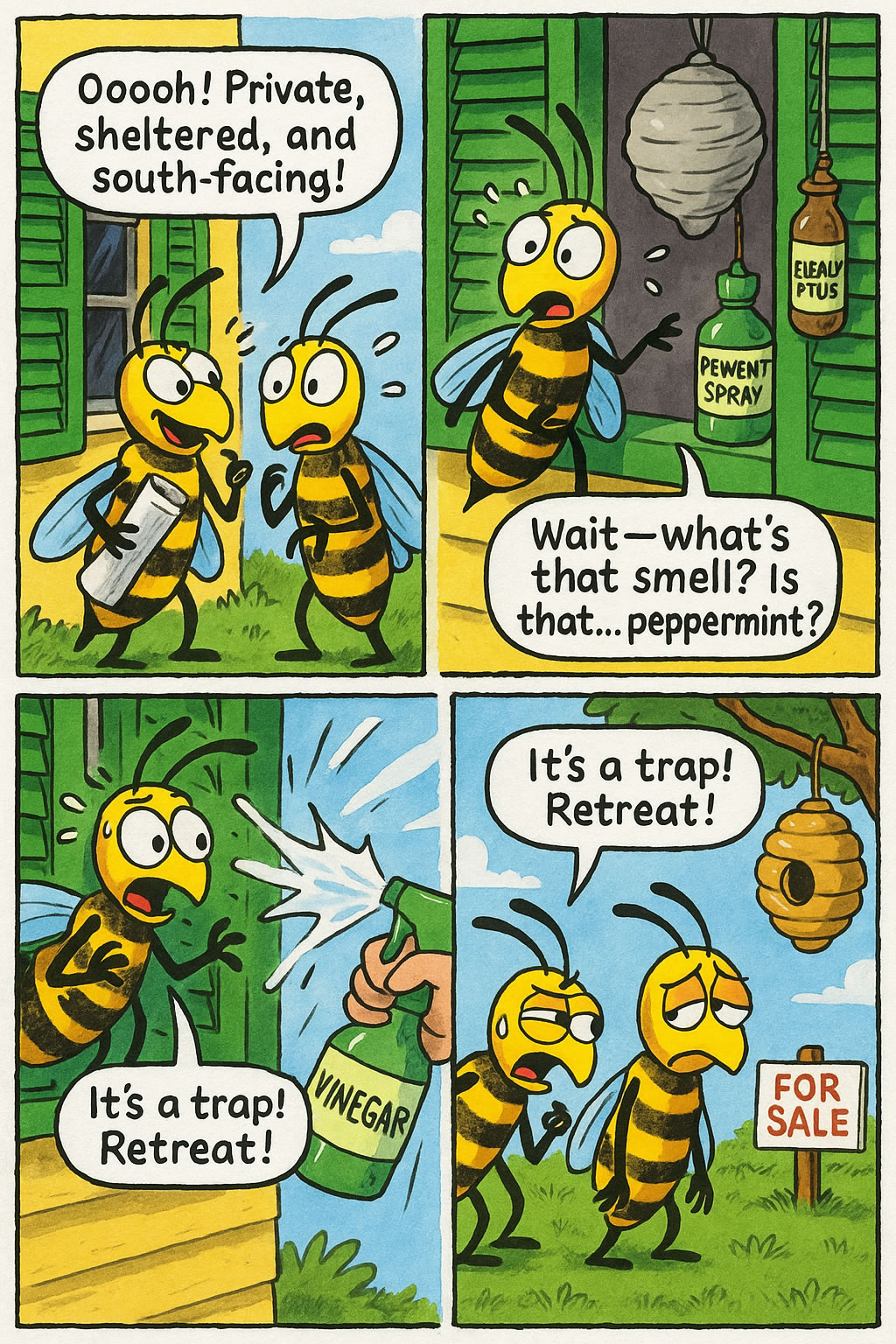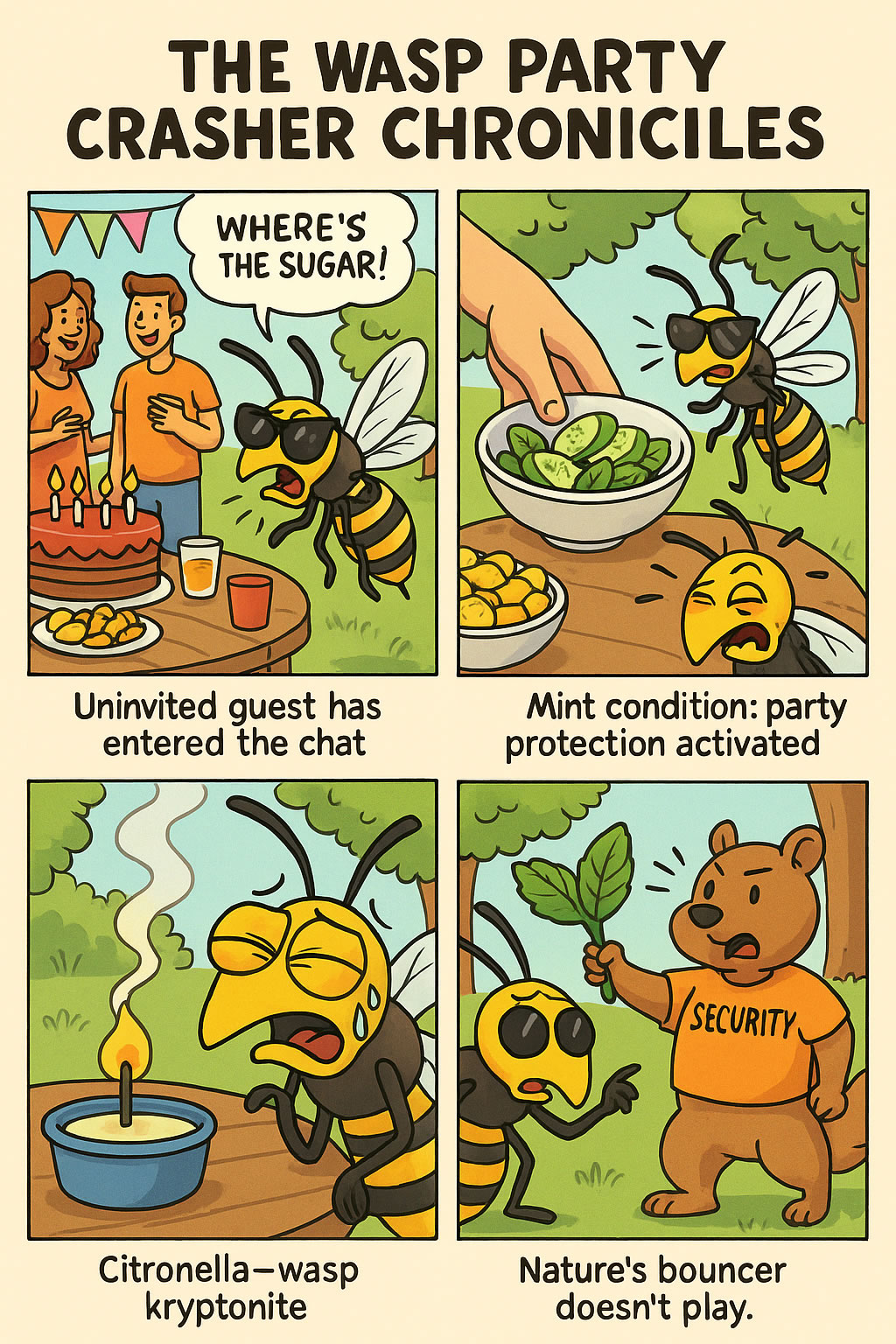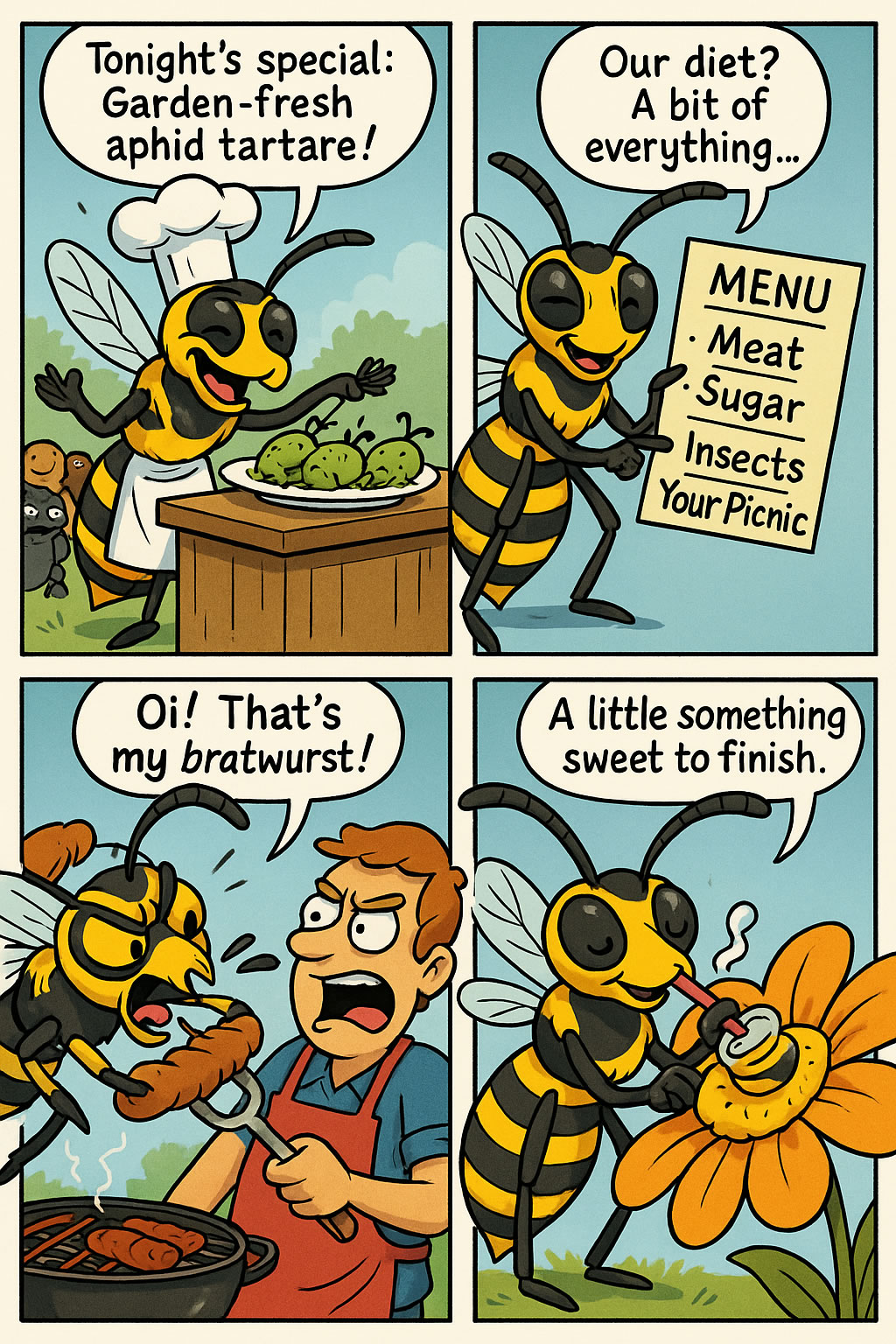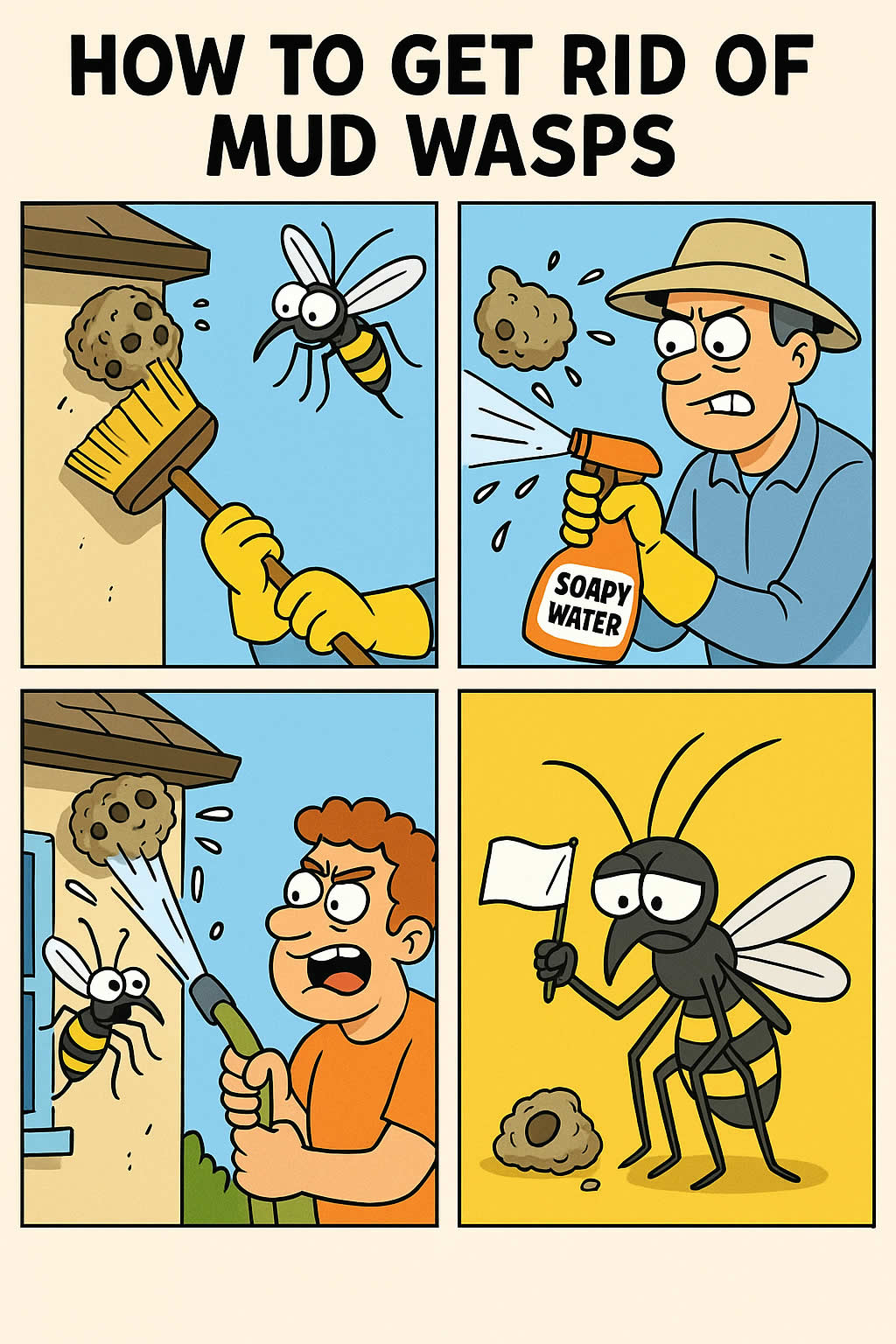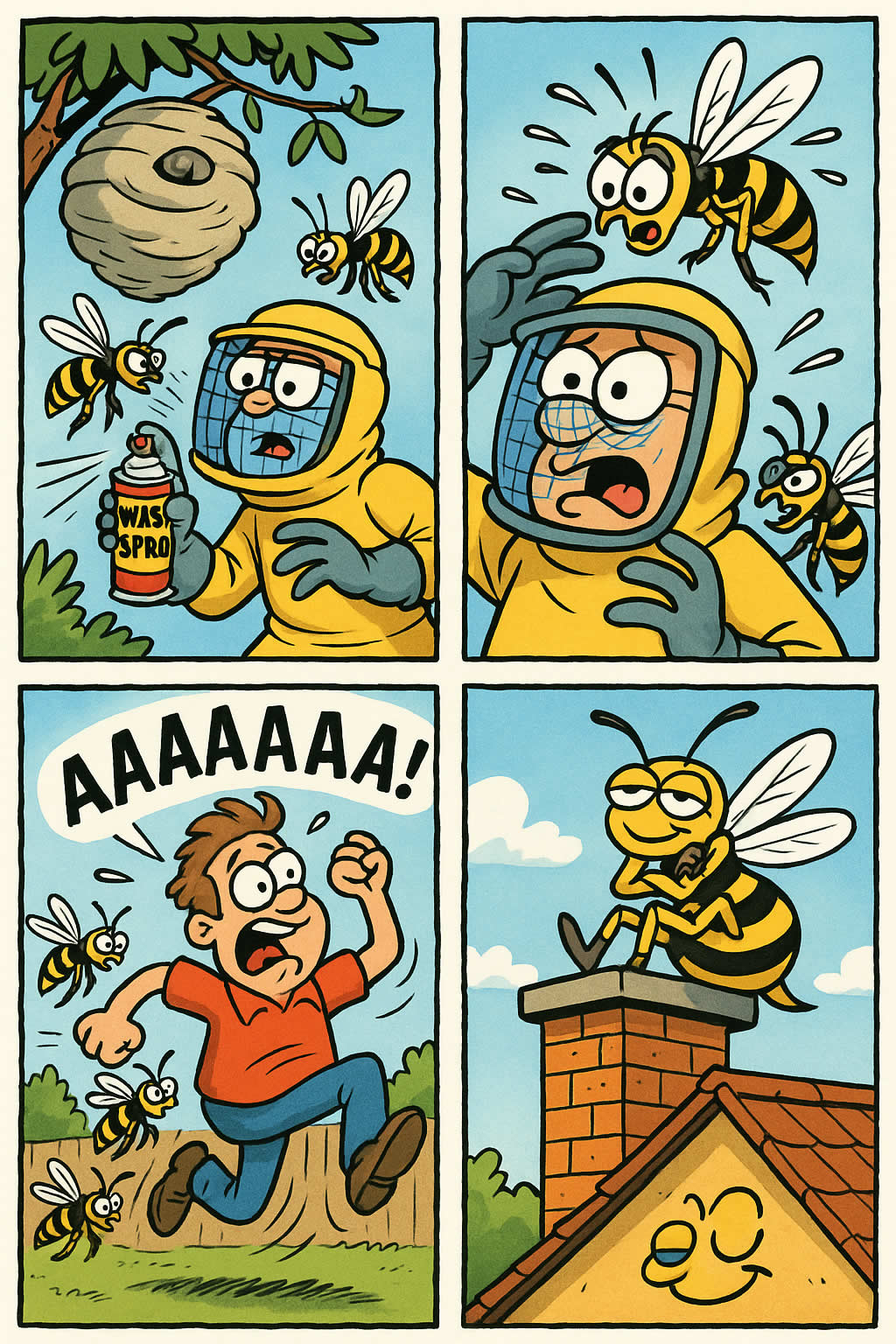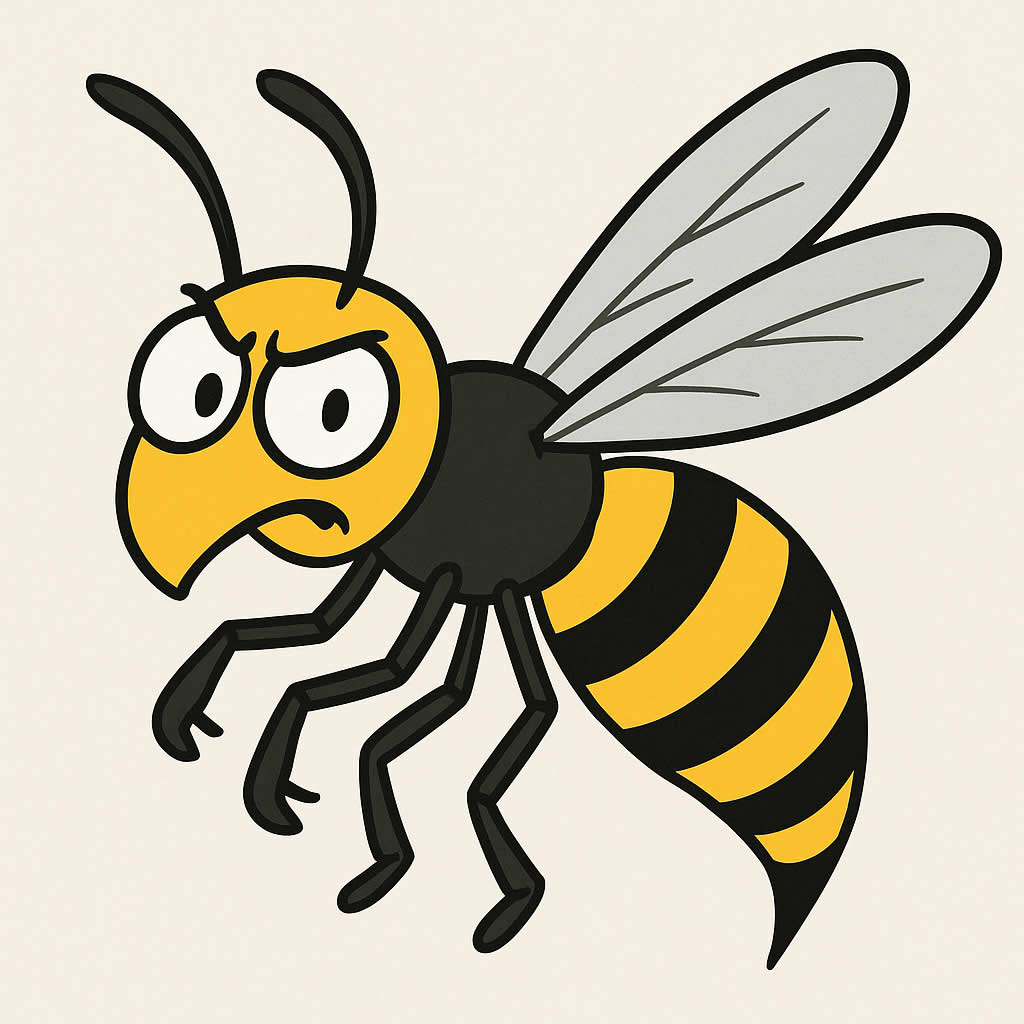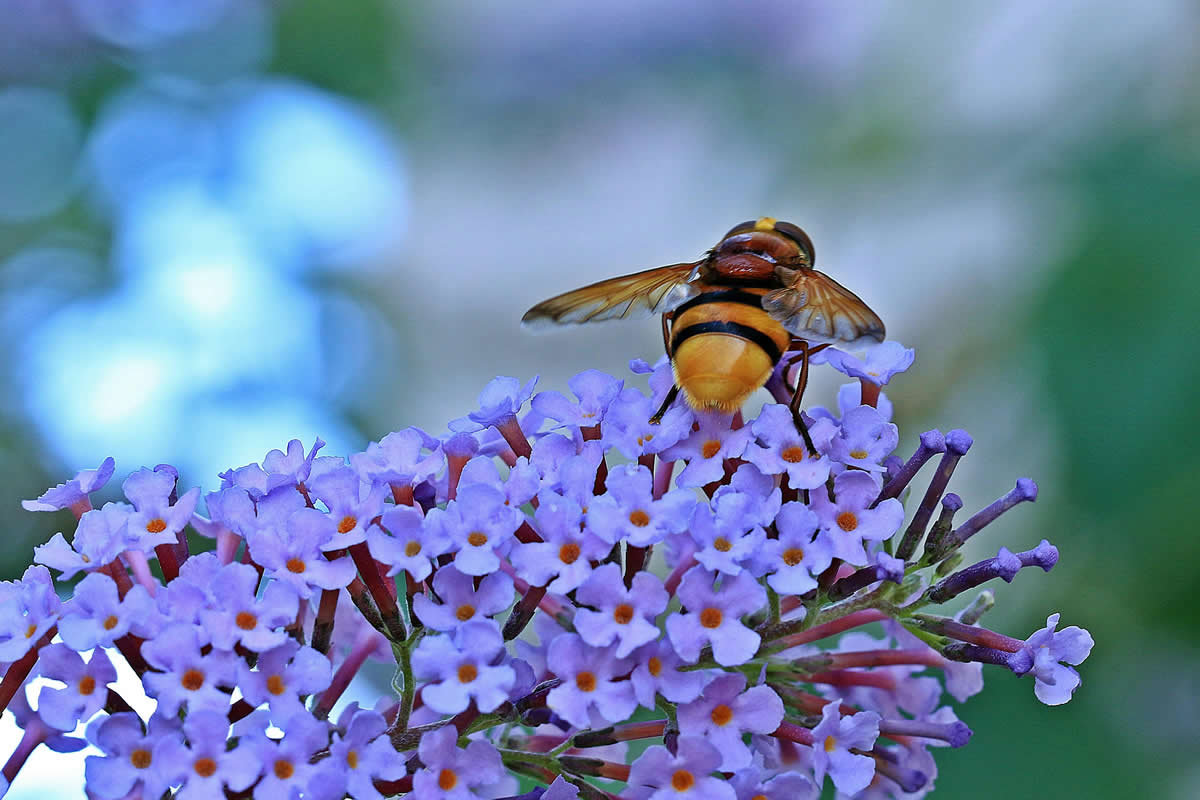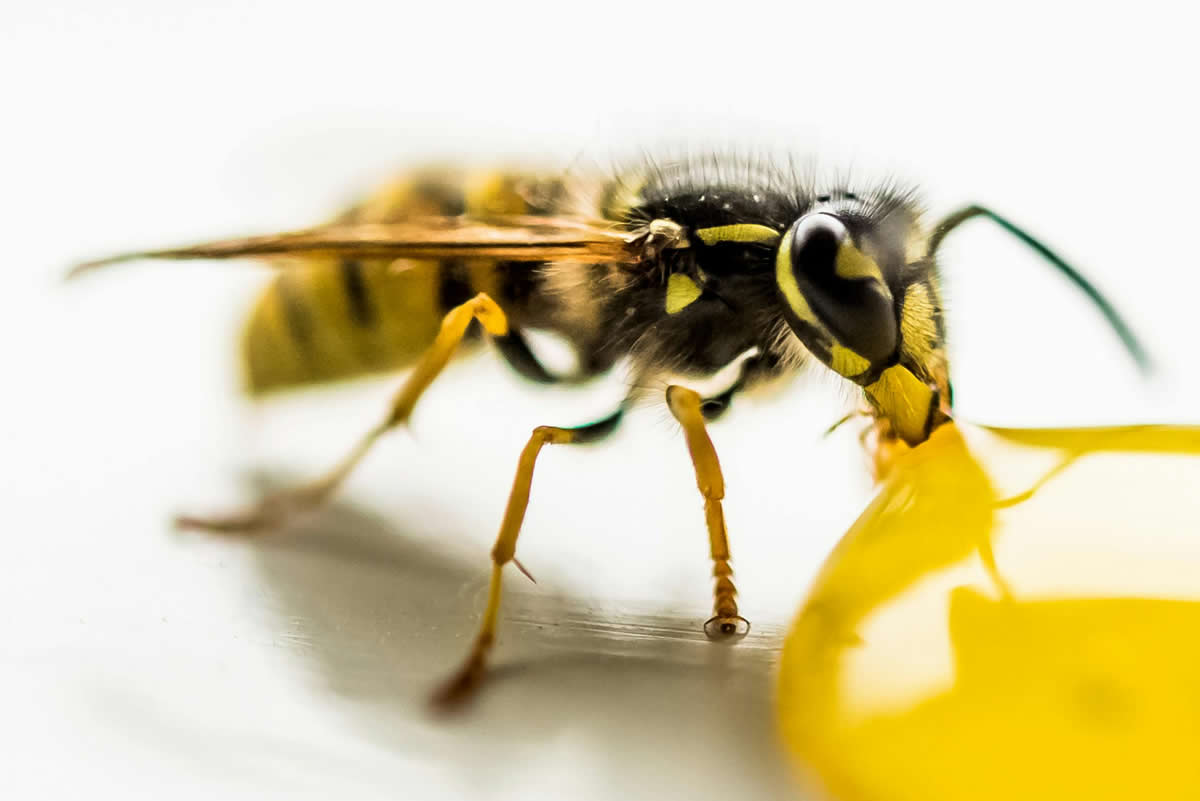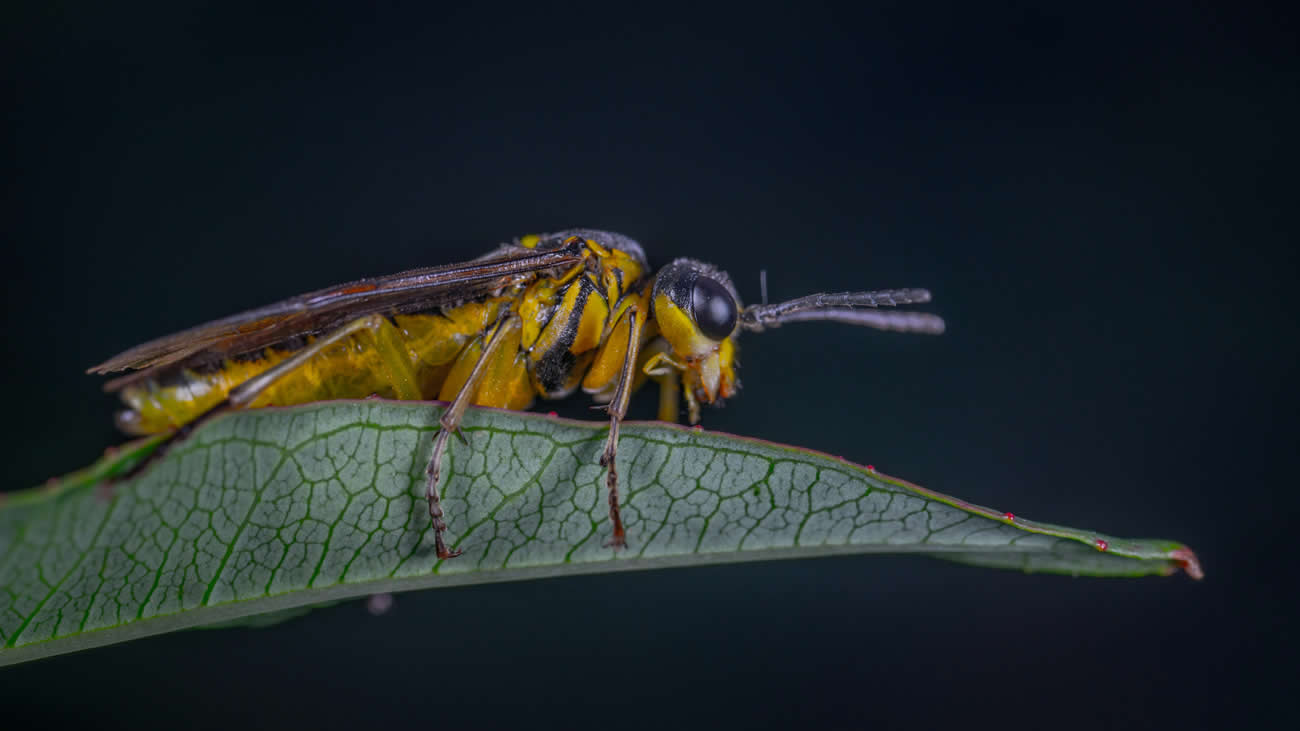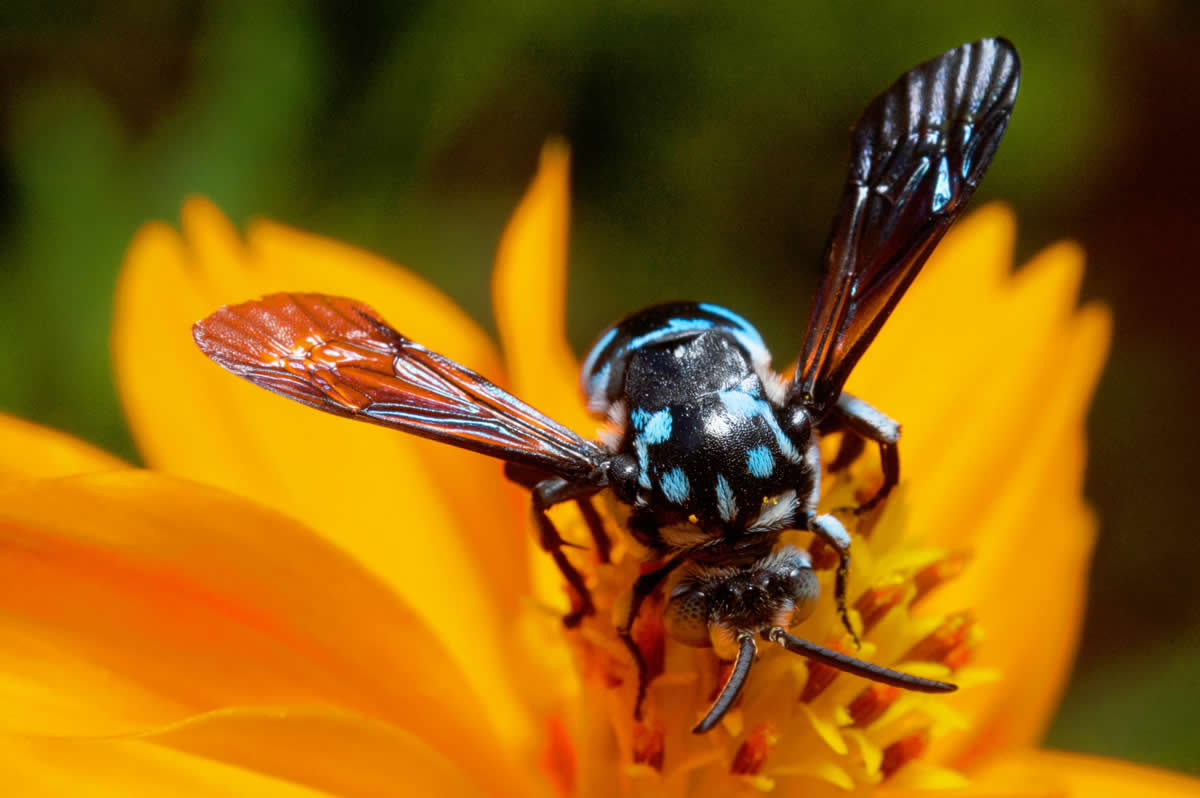Related Queries
ToggleThe hornet vs wasp distinction might seem straightforward, but here’s a surprising fact: whilst there are over 100,000 wasp species on Earth, all hornets are wasps, but not all wasps are hornets.
These fascinating insects have distinct characteristics that set them apart. Hornets can reach up to 2 inches in length, making them nearly twice the size of large wasps. Although both belong to the Hymenoptera order, hornets tend to be chubbier and carry more venom than their wasp cousins. Their nesting habits differ as well – hornet nests are typically teardrop-shaped and basketball-sized, while wasp nests can grow as large as a football.
In this guide, we’ll explore the key differences between hornets and wasps, from their physical characteristics to their behaviour and impact on our environment. Whether you’re curious about their colony sizes, which can range from 100 to 5,000 workers, or their roles as pollinators and pest controllers, we’ll help you understand these remarkable insects better.
Understanding Basic Differences
Physical characteristics mark the fundamental differences between hornets and wasps. Let’s examine each insect’s unique traits and behaviours.
What is a Hornet?
Hornets represent a distinct subset of wasps, belonging to the genus Vespa. These remarkable insects stand out primarily because of their size, reaching up to 5.5 centimetres in length. Furthermore, hornets possess wider heads and thicker, more rounded abdomens compared to other wasp species.
True hornets showcase distinctive colouration patterns. Instead of the bright yellow markings commonly associated with wasps, most hornets display black or brown bodies with white or yellowish markings. The European hornet, specifically, features black markings with reddish touches, setting it apart from its relatives.
Notably, hornets construct large, papery nests crafted from wood pulp mixed with saliva. These structures typically take on a teardrop shape and can grow to the size of a basketball. Unlike some wasp species that build underground, hornets prefer to establish their nests in elevated locations, particularly in trees, shrubs, or under building eaves.
What is a Wasp?
Wasps encompass a vast family of insects, with scientists identifying more than 100,000 known species. These insects possess slender, smooth bodies with notably fewer hairs compared to bees. Their distinctive appearance includes a thin waist between the thorax and abdomen, coupled with drooping legs during flight.
Social structure varies significantly among wasp species. Specifically, wasps can be either social or solitary, each type exhibiting unique behaviours. Social wasps, much like hornets, live in colonies with a hierarchical structure consisting of a queen, workers, and drones. Conversely, solitary wasps operate independently, with females living and breeding on their own.
Regarding nesting habits, social wasps construct nests that appear smaller than hornet dwellings, typically reaching football size. These structures feature a greyish-brown colour and maintain a spherical shape. Solitary wasps, nonetheless, follow different patterns, with some species choosing not to build nests at all.
Both insects serve crucial roles in our ecosystem. Particularly, wasps excel as natural predators, actively hunting insects to feed their young. Moreover, they contribute significantly to pollination efforts and pest control, making them valuable allies in maintaining ecological balance.
The defensive capabilities of both insects merit attention. Specifically, wasps and hornets can sting multiple times, unlike bees, since their stingers lack barbs. However, hornet stings generally prove more painful due to their larger venom volume and additional toxins that might cause tissue damage and prolonged swelling.
Lifecycle and Colony Structure
The intricate social structure of wasps and hornets follows a fascinating annual cycle, with distinct roles and seasonal patterns shaping their colonies.
Queen and Worker Roles
At the heart of each colony lies a queen, who possesses the unique ability to produce offspring. In fact, a single queen can give birth to between 1,000 and 30,000 offspring, depending on environmental conditions. The queen maintains control through pheromones, which prevent worker wasps from developing reproductive capabilities.
Worker wasps, all sterile females, carry out essential tasks such as nest building, foraging, and caring for the young. Initially, new workers spend their first three to four days inside the nest, feeding developing larvae. As they mature, they transition to collecting water and wood fibre for nest expansion.
Seasonal Activities
The colony’s lifecycle begins in spring when queens emerge from hibernation. Throughout April, these queens search for suitable nesting locations and begin constructing the initial nest structure. By early May, the first worker wasps emerge and take over nest-building responsibilities.
Summer marks the peak of colony activity, with wasps busily expanding their nests and foraging for food. The queen focuses solely on egg-laying, producing 200-300 eggs daily. Worker wasps typically live between 12-24 days, whilst queens can survive for approximately one year.
In late summer, the colony undergoes a significant transformation. The queen begins producing new queens and male drones. After mating, these new queens seek hibernation spots for winter, as the original queen and remaining colony members perish.
Colony Size Differences
Colony populations fluctuate dramatically throughout the year. Starting with a single queen in spring, colonies typically house between 5,000 and 10,000 individuals by peak season. Nevertheless, most colonies remain considerably smaller during the majority of the year, reaching their maximum size in September before frost claims most of the population.
The colony’s growth relies on efficient food distribution. Worker wasps possess limited digestive capabilities and must share food through a process called ‘trophollaxic feeding’. In this remarkable system, larvae provide workers with predigested ‘soup’ containing essential nutrients in exchange for the raw food brought by the workers.
Most foraging activities occur within a few hundred metres of the nest, though workers occasionally venture up to a kilometre away in search of resources. This coordinated effort ensures the colony’s survival and growth throughout the active season.
Habitat and Distribution
Nesting preferences and geographical distribution patterns showcase distinct variations between wasps and hornets across different regions. These remarkable insects adapt to diverse environments, from urban settings to woodland areas.
Preferred Environments
Both wasps and hornets display specific preferences when selecting their nesting locations. Wasps frequently establish their colonies in sheltered spots, including ground cavities, tree hollows, and building structures. Queen wasps, upon emerging from hibernation, actively seek protected areas with convenient outdoor access.
The European hornet demonstrates a particular fondness for parks and woodlands, whilst maintaining a presence in domestic gardens. These insects often construct their distinctive papery nests in elevated positions, typically suspended from tree branches or attached to building structures.
Social wasps, depending on their species, exhibit varied nesting behaviours. Short-cheeked wasps, including the common wasp and German wasp, predominantly build their nests underground or within dark spaces like roof cavities. In contrast, long-cheeked species prefer open-air locations, establishing colonies on building exteriors or amidst tree branches.
Global Range
The distribution of hornets centres primarily in the Northern Hemisphere, with various species inhabiting specific regions. The European hornet maintains a substantial presence across Europe, stretching eastward through European Russia to western Siberia. This species thrives below the 63rd parallel and has successfully established populations in eastern North America since the mid-19th century.
The Asian giant hornet occupies territories across multiple Asian countries, including:
- Russia’s Primorsky Krai region
- China, Korea, and Taiwan
- Various parts of Southeast Asia, including Vietnam and Thailand
- The mountainous regions of Japan
The Oriental hornet favours semidry, subtropical areas, ranging from central Asia to southern Europe. Its territory encompasses:
- Central Asian countries like Iran, Afghanistan, and Pakistan
- Southern European nations including Italy, Greece, and Bulgaria
Recent studies indicate potential range expansion for certain species. The Asian giant hornet, particularly, shows capability to establish populations across significant portions of North America. Climate suitability models suggest this species could thrive throughout the Pacific Northwest and much of eastern North America. This expansion poses considerable risks to honey production regions and native bee populations.
Wasp populations demonstrate remarkable adaptability, flourishing in both urban and rural settings. Their presence proves particularly notable in tropical countries, with eastern and southern Asia reporting significant populations. In Britain alone, seven species of social wasps commonly inhabit garden environments.
Impact on Environment
Beyond their distinctive physical traits, wasps and hornets play vital roles in maintaining ecological balance. Their contributions extend far beyond what meets the eye, making them indispensable members of our ecosystem.
Pollination Role
As accidental pollinators, wasps contribute significantly to plant reproduction. Studies reveal they visit an impressive 960 plant species, amongst which 164 species rely entirely on wasps for pollination. Primarily, wasps assist in pollinating:
- Orchids – Over 100 varieties depend on wasp pollination
- Figs – Nearly 1,000 fig species require fig wasps for survival
- Garden flowers and fruit trees
Whilst wasps lack the dense hair coverage of bees, pollen still adheres to their bodies and legs as they move between flowers seeking nectar. Their pollination services form part of a global agricultural value estimated at £198.54 billion annually.
Pest Control Benefits
The predatory nature of wasps establishes them as exceptional pest controllers. Social wasps in the UK alone capture approximately 14 million kilograms of insect prey each summer. Their hunting prowess extends across:
- Aphids and greenflies
- Caterpillars and moths
- Flies and other garden pests
Are you looking for pest control in Lancashire? Get in touch with us and a local pest removal company will be in touch.
Additionally, parasitic wasps offer natural pest management solutions. Farmers actively introduce these beneficial insects to their fields, eliminating the need for chemical pesticides. This sustainable approach proves particularly effective in developing countries, where local wasp species help manage crop-eating pests.
Garden Impact
In garden environments, wasps serve as valuable allies. Their presence naturally maintains pest populations, consequently reducing plant damage throughout the growing season. These insects demonstrate remarkable efficiency in:
- Protecting crops from infestation
- Controlling hornworm populations through parasitic behaviour
- Preserving garden biodiversity
Furthermore, wasps contribute to garden infrastructure by gathering wood fibres from fences and garden sheds to construct their papery nests. These structures, albeit temporary, can persist for several years before decomposing naturally.
Considering their substantial ecological contributions, wasps deserve recognition alongside other beneficial insects. Their combined roles in pollination, pest control, and garden maintenance underscore their importance in preserving balanced ecosystems. Rather than viewing them as nuisances, understanding their ecological significance helps appreciate their presence in our gardens and wider environment.
Prevention and Control Methods
Effective management of wasps and hornets begins with understanding proven prevention strategies. These methods range from simple household solutions to professional interventions when necessary.
Natural Deterrents
Several natural approaches effectively deter these insects from establishing nests. Aromatic herbs, primarily spearmint, thyme, and eucalyptus, create an unwelcoming environment. Peppermint oil mixed with water and dish soap serves as a potent deterrent when sprayed around potential nesting areas.
Early detection remains crucial for prevention. Regular inspections during spring help identify nests whilst they remain small, approximately golf ball-sized. At this stage, removal proves simpler and safer.
Essential preventive measures include:
- Securing bins with tight-fitting lids and positioning them away from doors and windows
- Avoiding bright colours and floral patterns in clothing, as these attract wasps
- Minimising strong perfumes, especially towards summer’s end
- Removing protein-rich food sources, as wasps actively seek these in early summer
Professional Removal Options
Upon discovering an established nest, professional intervention offers the safest solution. British Pest Control Association (BPCA) certified technicians possess specialised protective gear and expertise to handle wasp nest removal safely. These professionals typically require just one 30-45 minute visit to treat a nest effectively.
Professional treatments involve applying insecticides near nest entrances, allowing wasps to carry the treatment inside. This method ensures the elimination of the entire colony, as returning forager wasps also become contaminated.
Attempting DIY removal poses significant risks. When threatened, wasps release chemical signals that summon their nestmates – a single wasp sting might seem manageable, yet 30-40 stings could prove fatal. Therefore, mature nests discovered in late summer absolutely require professional intervention.
For optimal results, nest treatment should occur during evening hours when worker and scout wasps have returned to the nest. Following treatment, professionals recommend leaving the nest undisturbed for at least 48 hours, allowing complete elimination of the colony. This approach ensures thorough pest control whilst maintaining safety for household members.
Comparison Table
| Characteristic | Hornets | Wasps |
|---|---|---|
| Size | Up to 2 inches (5.5 cm) | About half the size of hornets |
| Body Structure | Wider heads, thicker and more rounded abdomens | Slender, smooth bodies with thin waist |
| Colouration | Black or brown bodies with white or yellowish markings | Bright yellow markings |
| Nest Size | Basketball-sized | Football-sized |
| Nest Shape | Teardrop-shaped | Spherical |
| Nest Location | Elevated locations (trees, shrubs, building eaves) | Various (ground cavities, tree hollows, building structures) |
| Venom | Larger venom volume, more painful stings | Less venom than hornets |
| Colony Size | 100-5,000 workers | 5,000-10,000 individuals at peak season |
| Species Count | Subset of wasps (genus Vespa) | Over 100,000 known species |
| Social Structure | Social insects living in colonies | Can be social or solitary |
| Lifespan (Workers) | Not mentioned | 12-24 days |
| Geographic Range | Primarily Northern Hemisphere | Global distribution, particularly abundant in tropical regions |
Conclusion
Understanding the distinctions between wasps and hornets proves essential for anyone interested in these remarkable insects. Though both species share common ancestry, their unique characteristics set them apart. Hornets, as larger members of the wasp family, display distinctive physical features and nesting preferences, while wasps showcase remarkable diversity across their 100,000+ species.
These insects play vital roles beyond their apparent similarities and differences. Their contributions range from natural pest control to pollination services, making them valuable allies in maintaining ecological balance. Social structures within their colonies demonstrate fascinating complexity, with queens managing thousands of workers through intricate chemical communication.
The global distribution patterns tell an equally compelling story. Hornets primarily dominate the Northern Hemisphere, whereas wasps adapt successfully across varied environments worldwide. This adaptability, coupled with their predatory nature, establishes them as crucial components of healthy ecosystems.
Rather than viewing these insects solely as potential threats, we should appreciate their ecological significance. Through proper prevention methods and professional intervention when needed, humans and these remarkable insects can coexist safely. The key lies in understanding their behaviour patterns and respecting their space while taking necessary precautions to prevent unwanted encounters.
Pest Control Pulloxhill – Pest Control Totternhoe – Pest Control Cumbria
